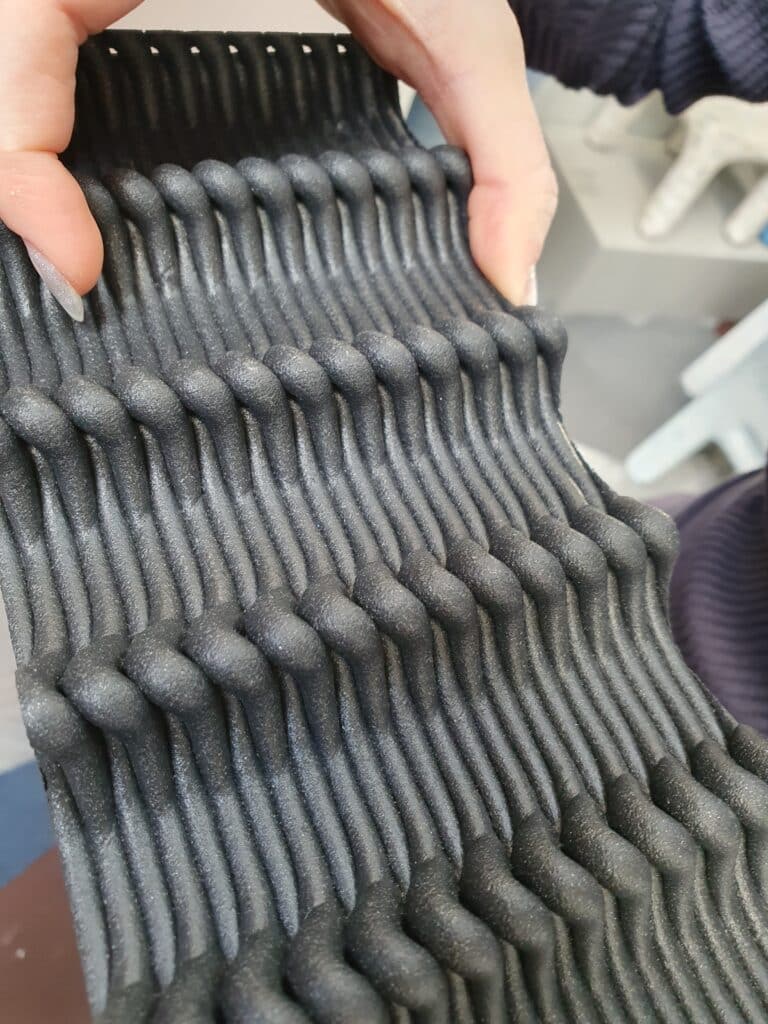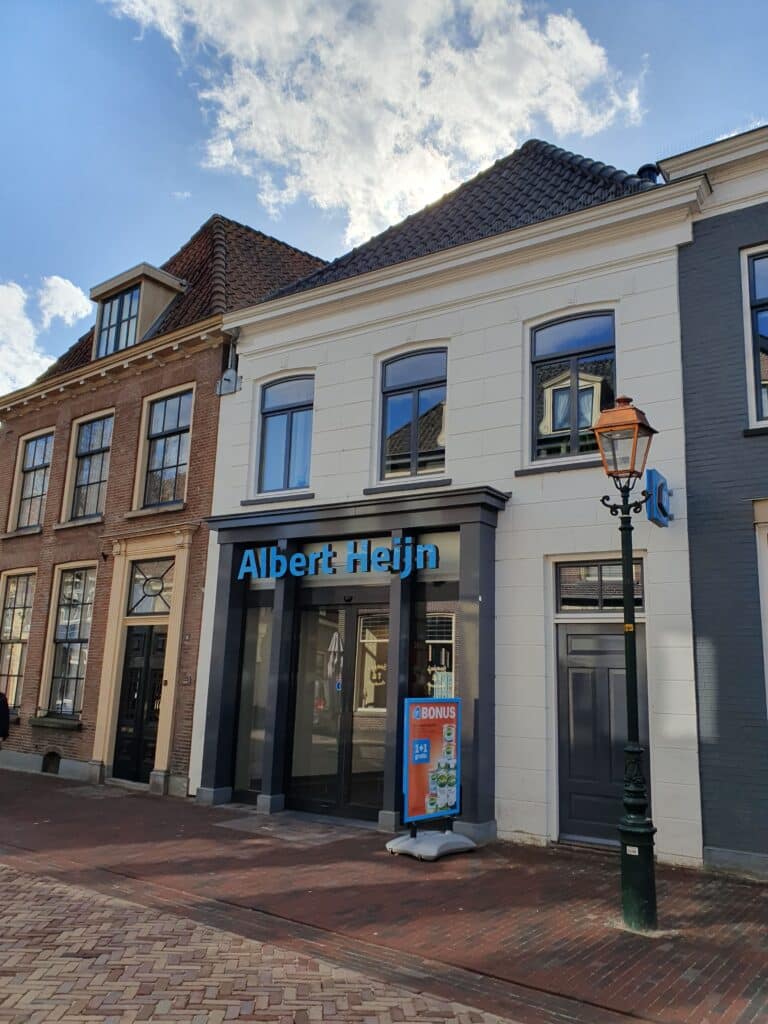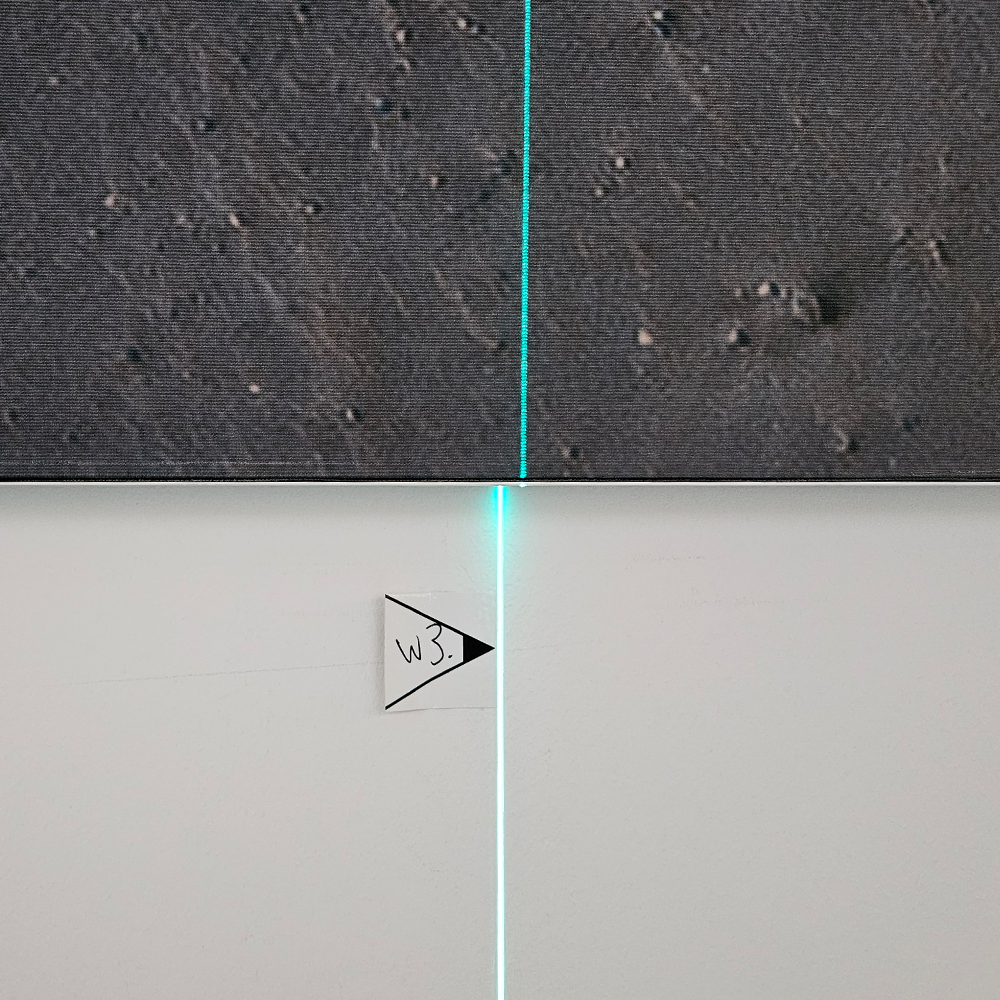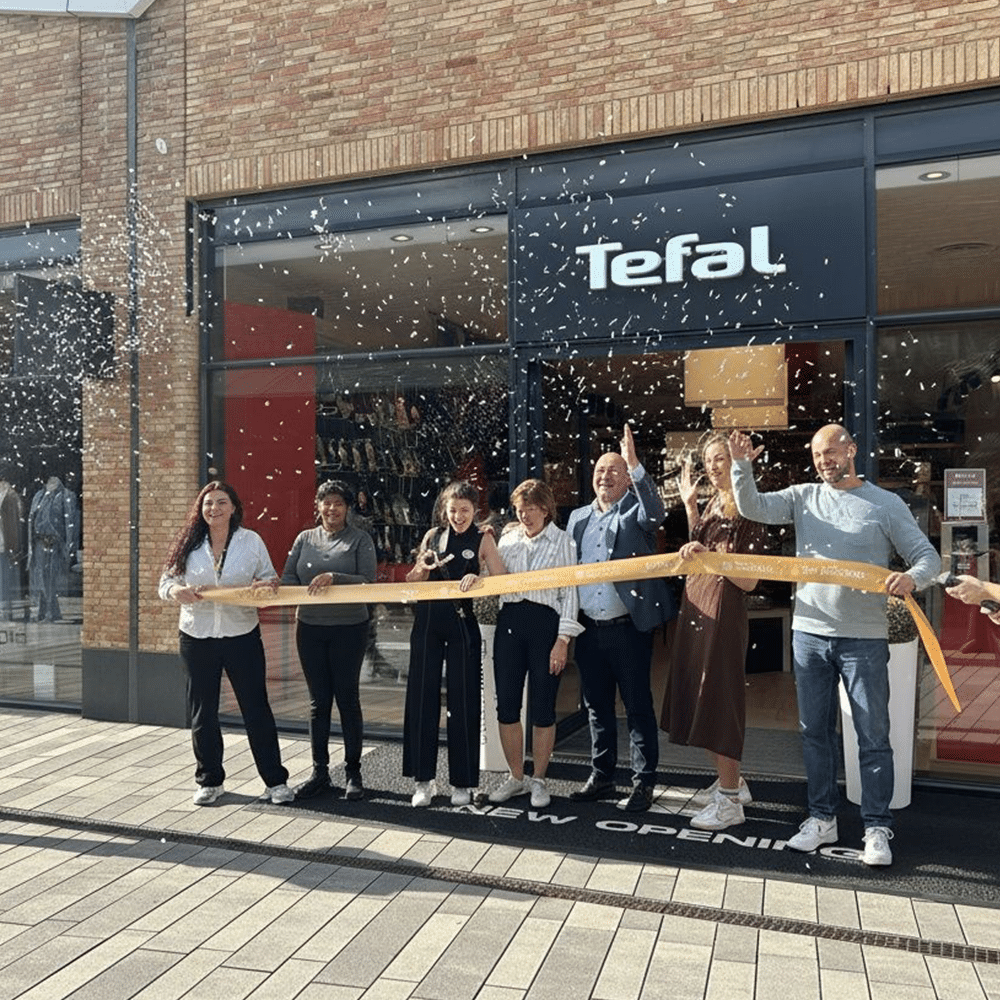New energy label for retail properties
The new energy label for retail properties: the legal changes
New energy label legislation will soon go into effect that applies specifically to retail properties. This legislation, based on European directives, aims to improve the energy efficiency of buildings and contributes to broader European climate goals.
Content of the new guideline
This new legislation provides stricter criteria for assessing the energy performance of retail properties. The label takes into account various aspects, such as insulation, ventilation, heating systems, lighting, and the use of renewable energy sources.
Mandatory implementation and implications
Property owners and retailers will be required to have their properties evaluated according to these new guidelines. In the process, each property will be assessed and classified based on energy efficiency. This can affect both the value of the property and any sales or rental transactions. But it also has one positive effect on operational costs. Whether construction costs rise depends mainly on design choices.
Challenges for property owners
The transition to these new standards may present challenges for property owners. Some properties may not meet the required energy efficiency, which may lead to necessary renovations and investments in sustainable technologies.
Opportunities for Improvement with the Energy Label
Nevertheless, this legal change also presents opportunities. It encourages property owners and retailers to invest in energy-efficient measures, which in the long run can lead to lower operating costs and greater attractiveness to potential tenants or buyers.
Sustainability and social impact of the energy label
These legislative changes are not only important to individual owners, but also contribute to broader societal sustainability goals. They support efforts to reduce CO2 emissions and contribute to a more sustainable and environmentally friendly society.
Conclusion
The upcoming energy label for retail properties, anchored in new legislation, marks an important step toward a more sustainable real estate and retail sector. While this presents some challenges, it also presents opportunities for growth and improvement. By meeting these new standards, owners and retailers can not only modernize their properties, but also contribute to a more sustainable future and respond to the growing demand for environmentally conscious business practices.
Concrete measures for energy-efficient stores
1 Use of Sustainable Building Materials: Selecting sustainable and energy-efficient building materials can make a significant difference. Materials with good insulation properties reduce the need for additional heating or cooling, reducing energy consumption over the life of the building. Consider CO2 negative materials such as cork, wood or insulation made of lime hemp. This makes a positive contribution a the energy label and a velaging of the CO2 tax.
2 Efficient Insulation and Sealing: A well-insulated building with adequate sealing of windows, doors and other openings minimizes heat loss in winter and keeps the property cooler in summer. This reduces dependence on heating and cooling systems. This has mainly to do with good and careful architectural detailing as well as a good transfer to the builder.
3 Smart Lighting Systems: Using LED lighting with motion sensors and timers can significantly reduce energy consumption. Daylighting through large windows and skylights can reduce the use of artificial lighting during the day.
4 Energy-Efficient Heating and Cooling: Implementing energy-efficient heating and cooling systems, such as heat pumps or geothermal systems, can significantly reduce energy costs.
6 Solar Energy and Renewable Energy Sources: Installing solar panels on the roof of the property provides an opportunity to generate renewable energy. This can help reduce dependence on the regular power grid.
7 Efficient Appliances and Technologies: Using energy-efficient appliances and smart technologies, such as thermostats with advanced control and programming capabilities, can significantly reduce energy consumption.
8 Water Conservation Measures: Implementation of water-saving technologies, such as reusing rainwater for irrigation or installing water-saving faucets and toilets, contributes to a more sustainable use of resources.
9 Education and Awareness: Training staff and creating awareness among employees and customers about the importance of energy conservation can lead to a proactive commitment to reducing energy consumption.
Incorporating these energy-saving measures during the construction and operation of stores is not only environmentally friendly, but can also result in significant long-term cost savings. Investing in energy efficiency shows retailers that they are actively contributing to a more sustainable future, while benefiting from operational efficiencies and having a positive impact on the environment.





























